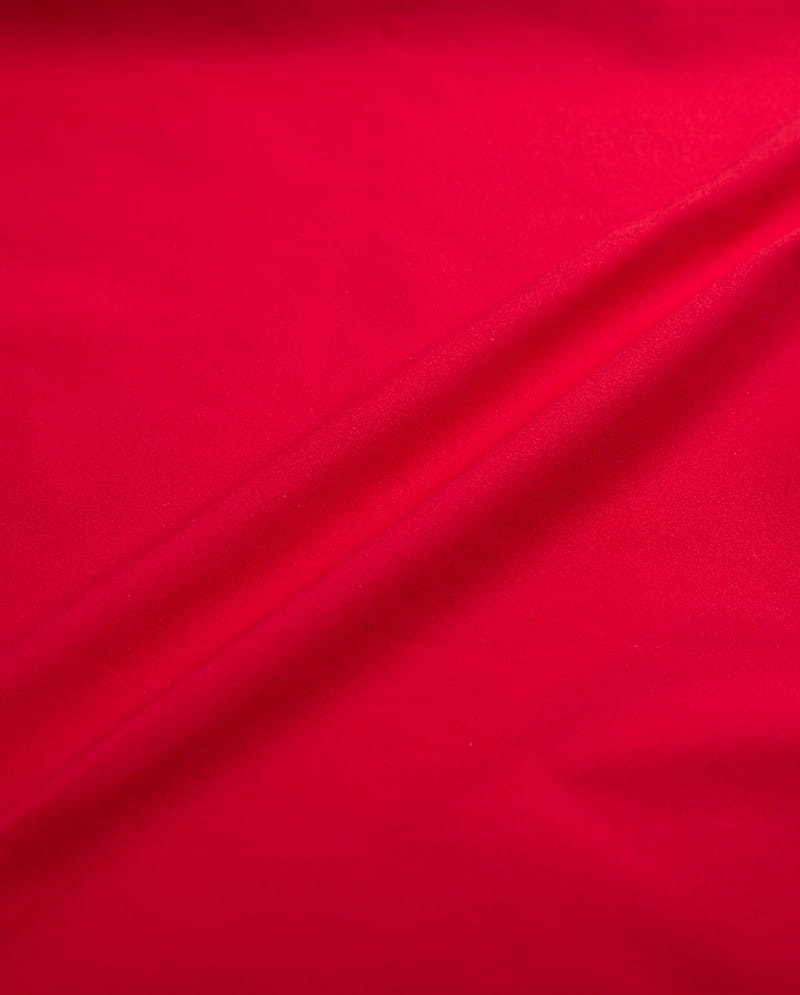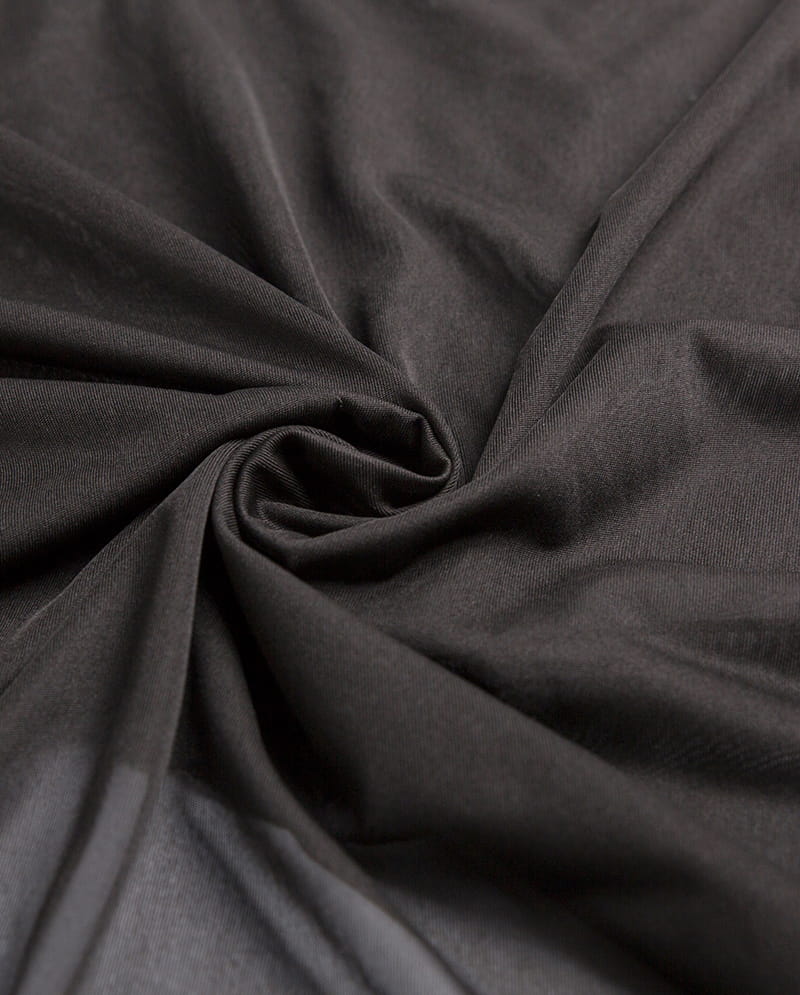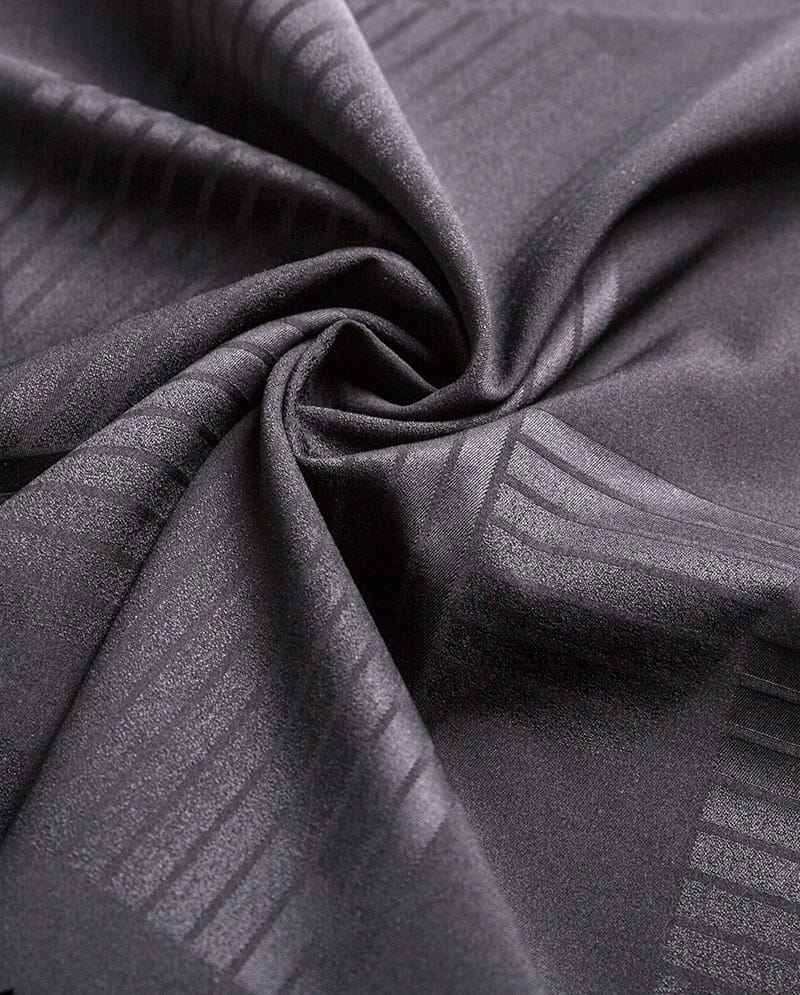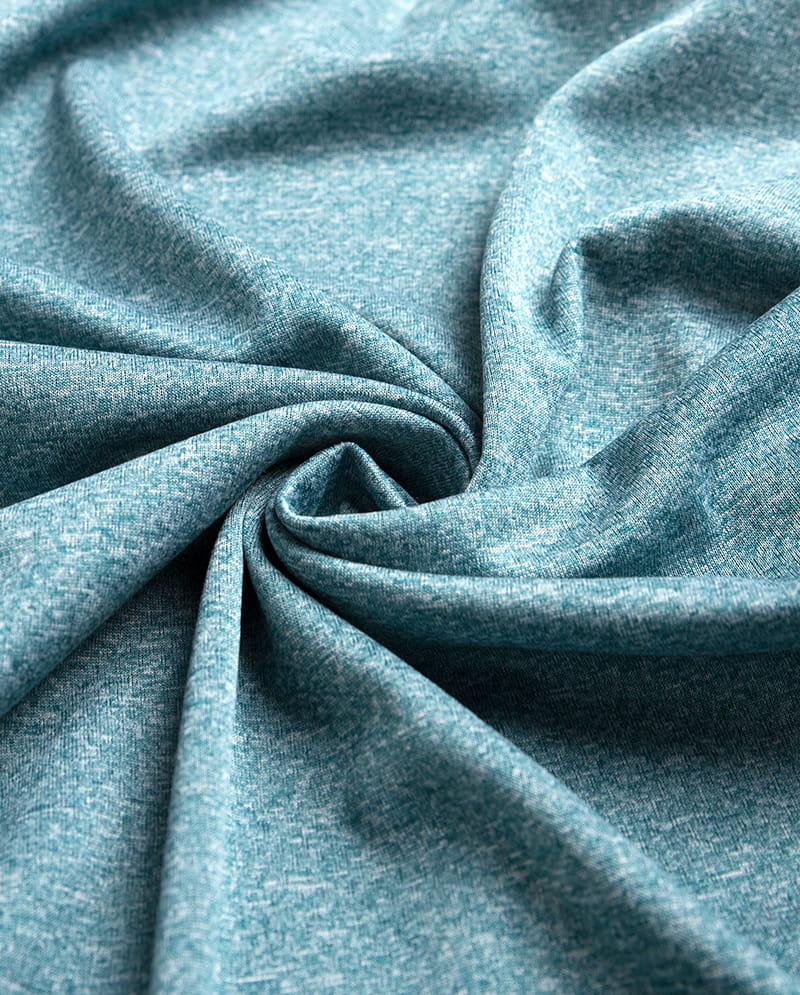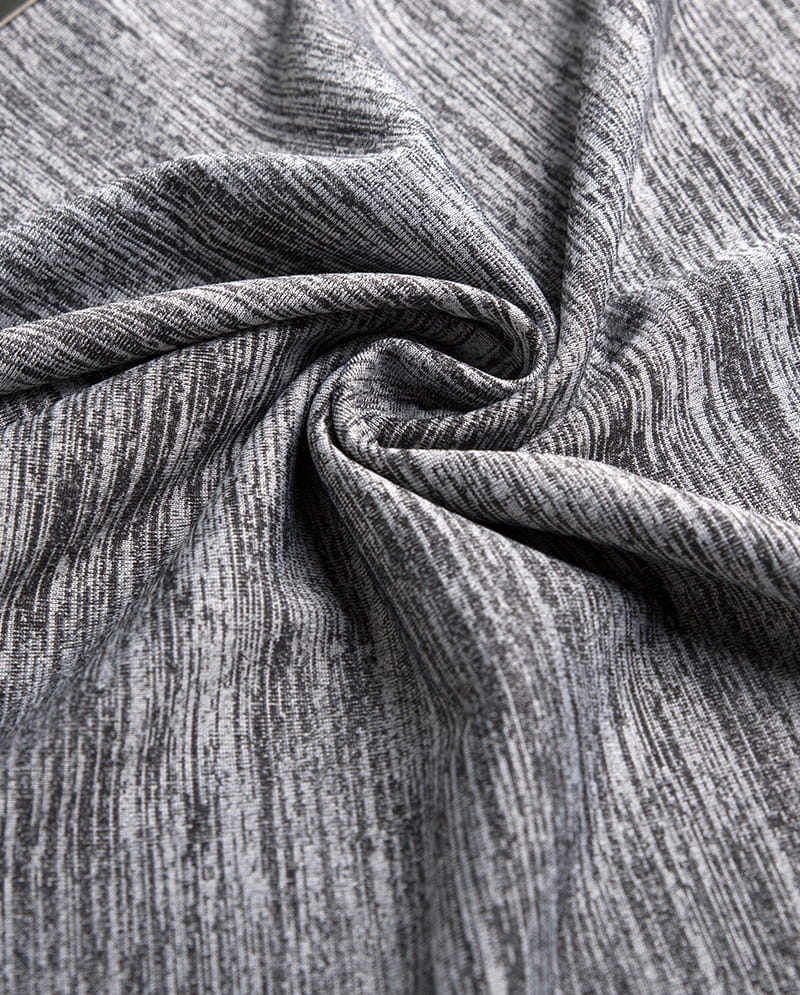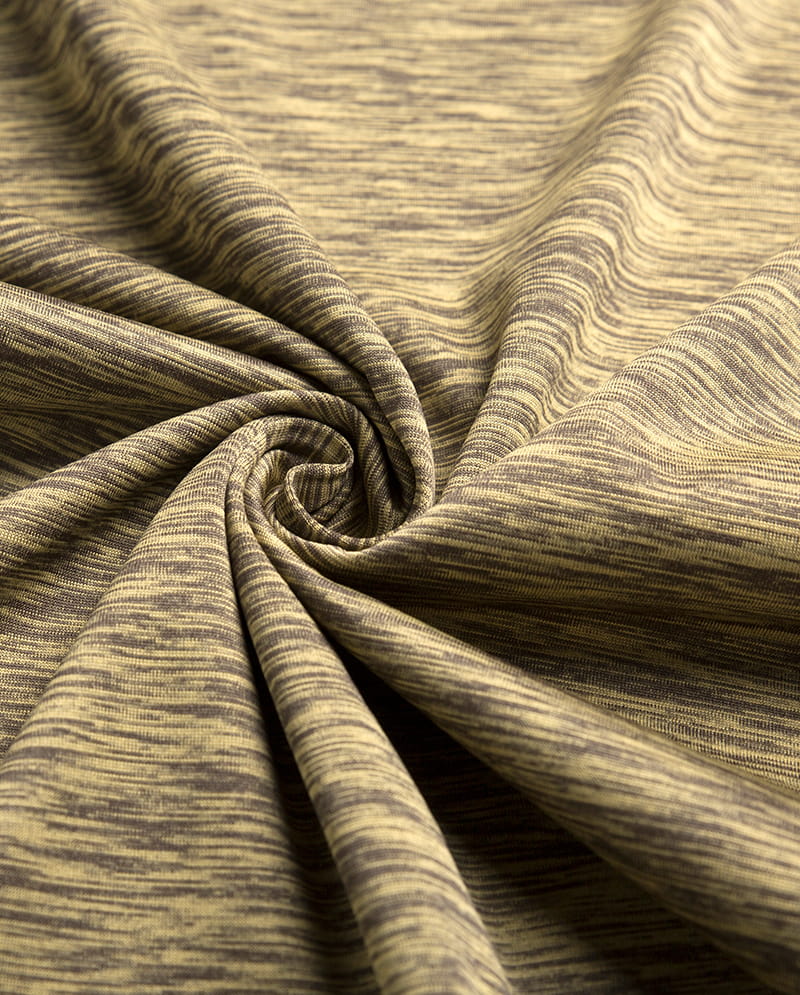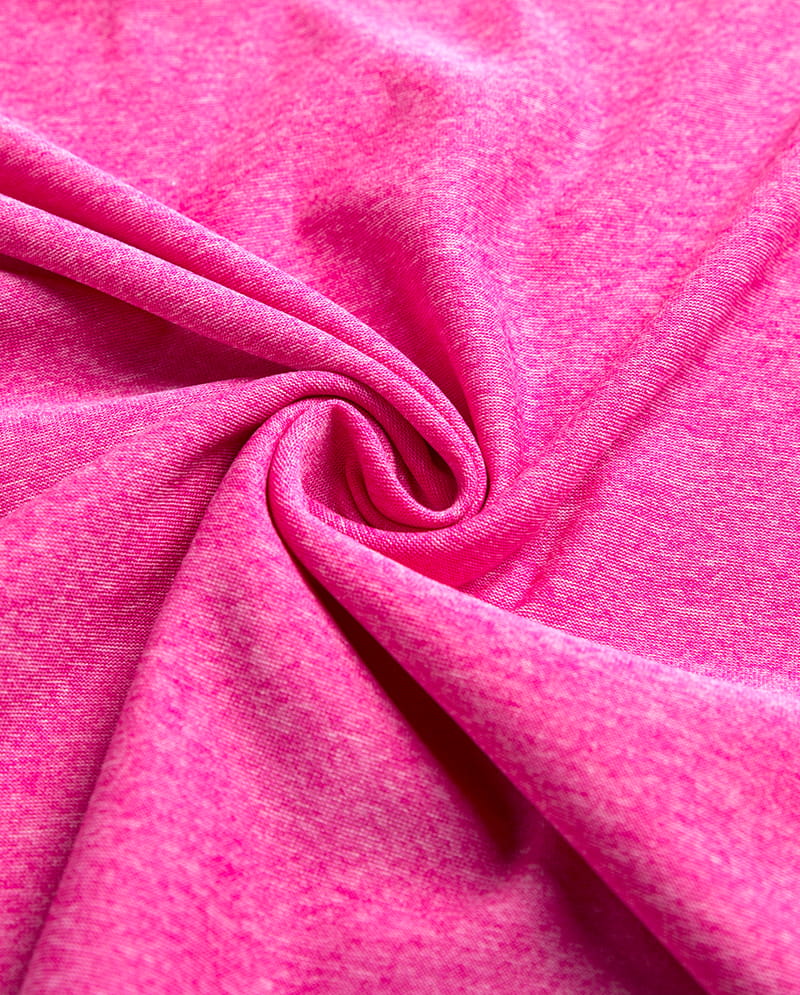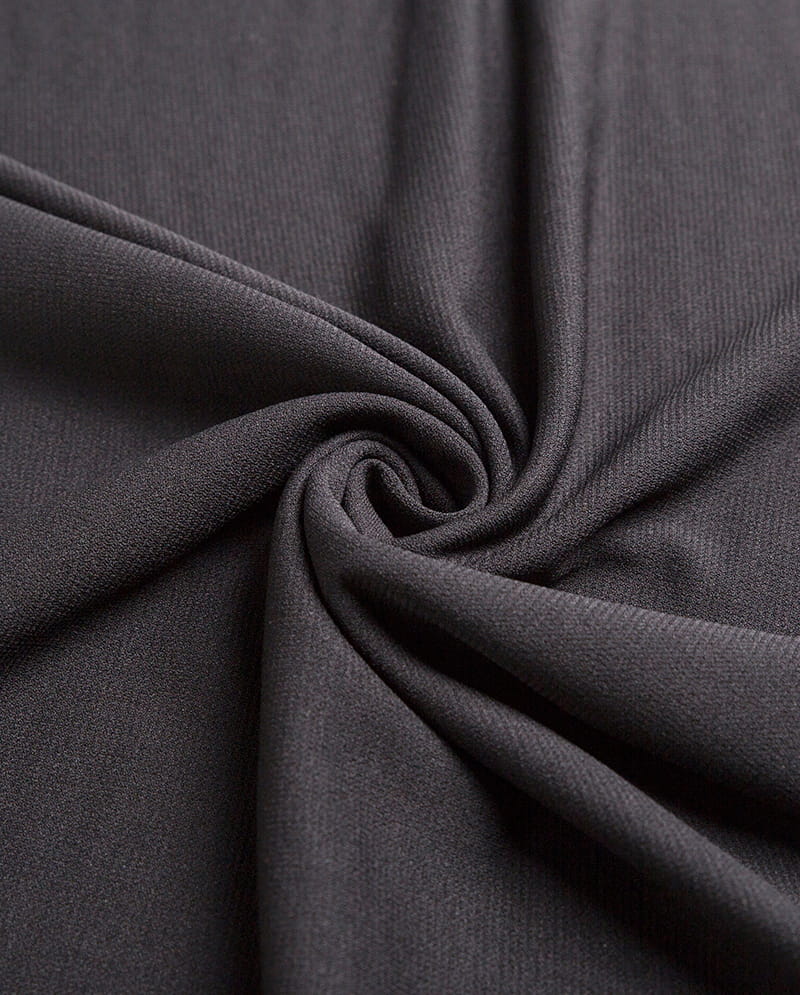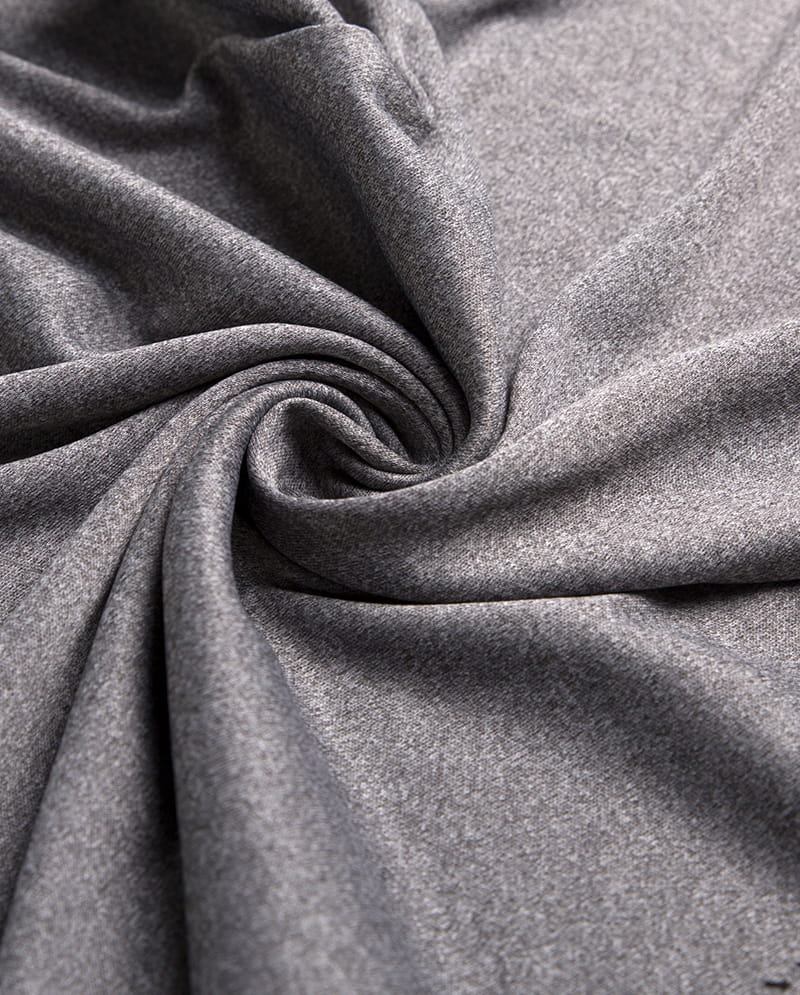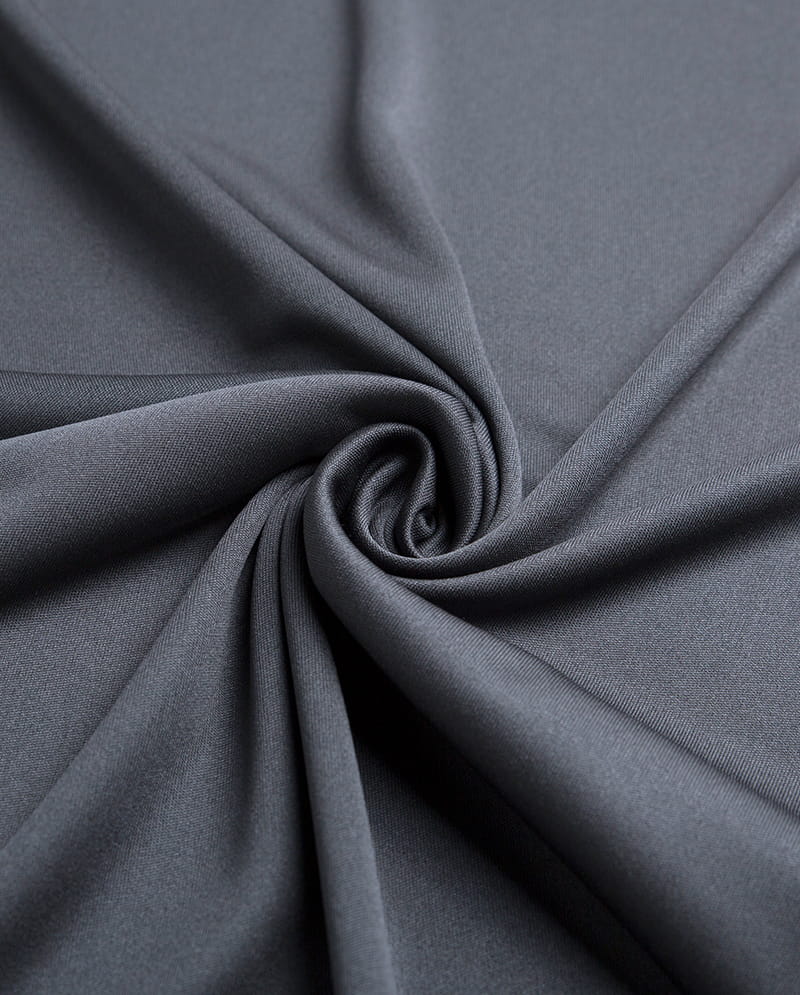Can Recycled Yarn Redefine the Future of Sustainable Textiles?
In an era where environmental accountability is no longer optional, fashion and textile industries are under pressure to reimagine their supply chains. Amid this sweeping transformation, one innovation stands out—not for its novelty, but for its quiet ingenuity: recycled yarn.
At first glance, it may seem like a simple reprocessing of discarded fibers. But beneath the surface lies a complex alchemy of science, craftsmanship, and sustainability that could reshape how we think about fabric production altogether.
Recycled yarn is created by reclaiming post-consumer or post-industrial textile waste—think old garments, factory offcuts, or unsold inventory—and transforming these materials into new, usable fibers. The result? A product that retains the tactile appeal of traditional yarn while significantly reducing landfill waste and the demand for virgin resources.
The implications extend far beyond eco-conscious branding. Every ton of recycled cotton saves approximately 798 cubic meters of water—equivalent to nearly three years of drinking water for one person. When applied at scale, such savings could alleviate some of the most pressing ecological burdens of the textile industry.
Yet, the benefits aren’t purely environmental. Recycled yarn introduces a compelling narrative into the fabric of fashion—a story of renewal, responsibility, and resilience. Consumers today are not just buying products; they’re investing in values. Brands that integrate recycled fibers into their collections aren't simply selling sweaters or scarves—they're offering participation in a broader movement toward circular economies.
This shift is especially vital as fast fashion continues to flood markets with cheap, disposable clothing. The average American throws away around 81 pounds of textiles annually, much of which ends up in landfills or incinerators. Recycled yarn offers a second life to these materials, diverting waste from dumps and reducing greenhouse gas emissions associated with decomposition.
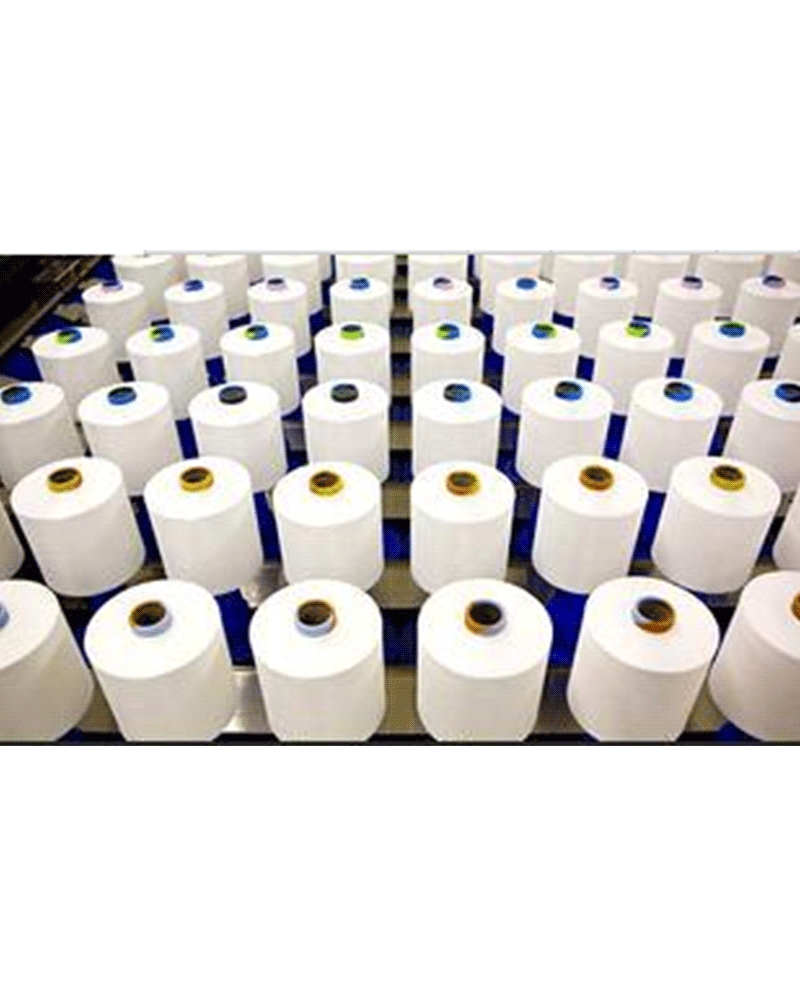
But can recycled yarn match the quality of its conventional counterparts?
Modern advancements in fiber separation and blending technologies have dramatically improved the consistency and durability of recycled yarns. By combining mechanical and chemical recycling methods, manufacturers can now produce high-performance yarns suitable for everything from athletic wear to luxury outerwear. Some blends even incorporate natural dyes and biodegradable additives, further enhancing their green credentials.
Still, challenges remain. Sorting blended fabrics, maintaining colorfastness, and ensuring consistent texture across batches are hurdles that require ongoing innovation. Yet, these obstacles are not insurmountable. In fact, they represent fertile ground for collaboration between engineers, designers, and sustainability experts.
As consumer awareness grows, so too does the demand for transparency. Millennials and Gen Z, in particular, are driving a shift toward ethical consumption, often favoring brands that prioritize sustainability without compromising aesthetics. For forward-thinking fashion houses, integrating recycled yarn into core collections isn’t just smart—it’s strategic.
And let’s not overlook the creative potential. Designers are increasingly embracing the irregularities and unique textures inherent in recycled fibers as a mark of authenticity. Each thread tells a story, each garment carries a history—an aesthetic philosophy rooted not in perfection, but in purpose.
So, can recycled yarn redefine the future of sustainable textiles?
The answer lies not in a single yes or no, but in the collective will to reimagine what textiles can be. As global demand for sustainable solutions intensifies, recycled yarn emerges not merely as an alternative—but as a cornerstone of tomorrow’s textile industry.

 English
English 中文简体
中文简体